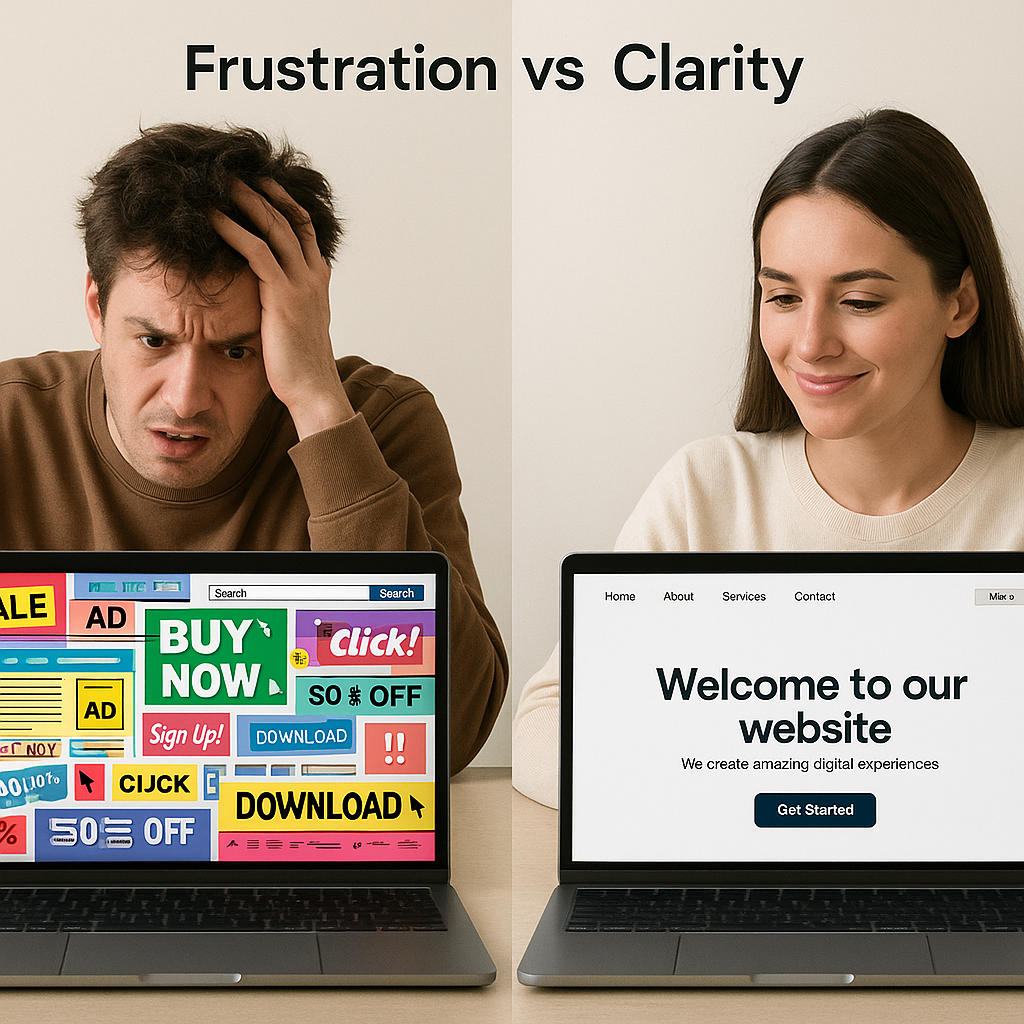Boost Your Brand: Mastering VR & AR in Small Business
Unleashing the Power of VR and AR in Small Business Branding
Welcome to the exhilarating world of Virtual Reality (VR) and Augmented Reality (AR) in branding, where small businesses like yours can shine. Understanding and utilizing the potential of VR and AR can propel your brand into new levels of client engagement and brand recognition in this era where technology is completely integrated into daily life.
Understanding VR and AR: The Basics
Before diving deep, let's clarify what VR and AR entail. Virtual Reality is akin to stepping into an alternate universe, completely crafted digitally. It's an immersive experience, taking you to places and scenarios far beyond the confines of your immediate environment. On the flip side, Augmented Reality brings a twist to your reality, blending digital elements into the real world around you. Think of it as a layer of digital magic over the tangible world.
The Impact of VR and AR in Branding
Now, let’s talk about how these technologies can revolutionize your brand. VR and AR offer innovative ways to connect with your audience. Imagine providing virtual tours of your new product line or enabling customers to try your products in their own space through AR. This isn't just about showcasing your products; it's about crafting unforgettable experiences that resonate with your customers on a personal level.
Why Small Businesses Should Pay Attention
Often perceived as tools for the big leagues, VR and AR are surprisingly accessible and beneficial for small businesses. These technologies offer a unique opportunity to level the playing field, allowing small brands to stand out with innovative marketing strategies. They can deepen customer engagement, enhance the online shopping experience, and provide interactive and personalized experiences that today’s consumers crave.
The First Steps in VR and AR for Small Businesses
So, how can you get started? AR might be the easier entry point. You can begin by creating AR content for social media or developing simple AR applications that allow customers to interact with your products in an engaging way. For VR, consider partnering with technology firms or utilizing user-friendly VR platforms designed for businesses. The key is starting small, experimenting, and gradually integrating these technologies into your broader marketing strategy.
Best Practices for Implementing VR and AR
When venturing into the world of VR and AR, remember to focus on storytelling and simplicity. Your VR and AR initiatives should align with your brand’s core values and message. It’s not just about using cutting-edge technology; it’s about leveraging these tools to forge stronger connections with your audience.
The SEO Angle: Optimizing for Visibility
SEO (Search Engine Optimization) is non-negotiable in today's digital marketplace. To ensure your VR and AR content reaches your target audience, integrate relevant keywords, utilize engaging meta descriptions, and create shareable content. Remember, your audience is more likely to share information that speaks to them, increasing your business's visibility online.
The Future of Branding with VR and AR
The potential of VR and AR in branding is boundless. As these technologies evolve, they will offer even more avenues for creative, immersive marketing. By embracing VR and AR, you’re not just keeping up with the trends but positioning your brand at the forefront of a digital revolution in customer engagement.
Conclusion: Embrace the Digital Revolution
As a small business, diving into the world of VR and AR might seem daunting, but the potential rewards are immense. These technologies offer a unique opportunity to bring your brand to life, creating a deep, memorable connection with your customers. By staying ahead of the curve and embracing these innovative tools, your brand can shine brightly in the ever-evolving digital landscape.
Remember, the journey into VR and AR is not just about adopting new technologies; it’s about reimagining how you connect with your audience. So, take the plunge and watch your brand soar to new heights in the digital realm.





